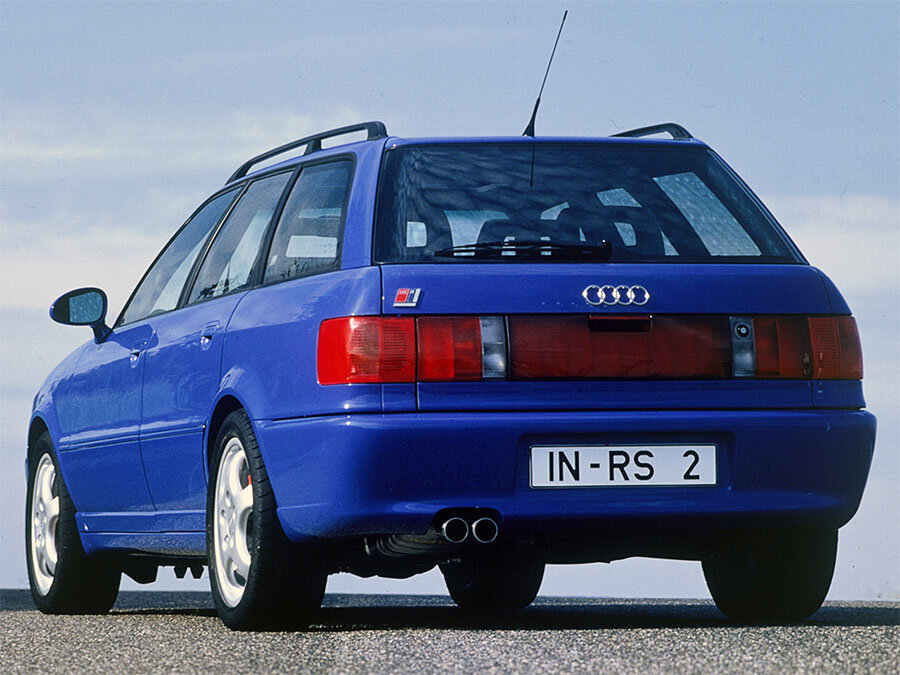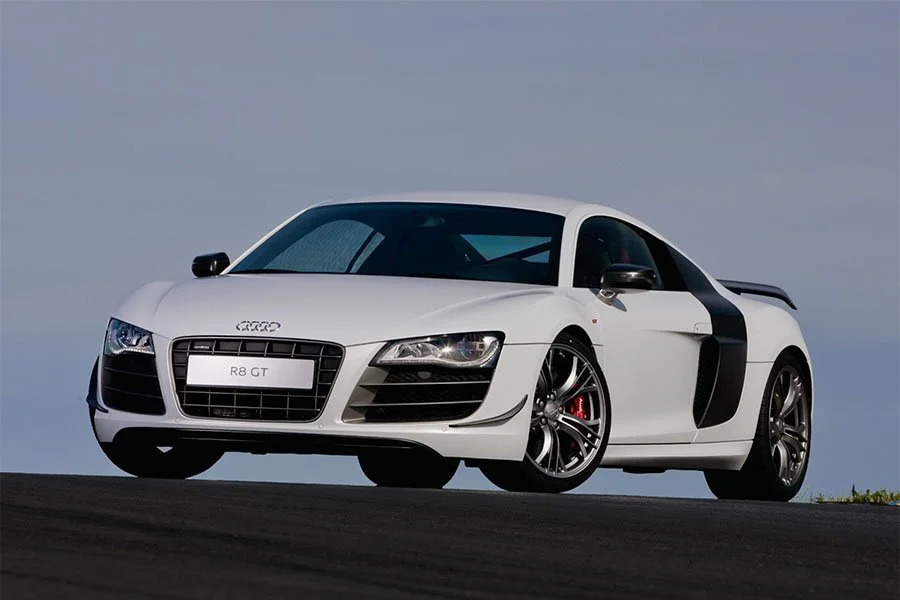Guide: Audi B4 RS2 Avant - a Historical & Technical Appraisal
/BACKGROUND
Before heading to Volkswagen in 1993, Ferdinand Piech (head of Audi’s board) commissioned a joint venture with Porsche to produce the fastest Audi road car ever built.
Piech had been one of the key figures behind the original Quattro, the car that had almost single-handedly transformed Audi from dowdy auto maker to BMW and Mercedes-Benz rival.
This latest machine was to be just as unconventional as the mould-breaking Quattro.
Instead of a creating the kind of flagship coupe that most manufacturers would have opted for, Piech ordered a supercar-rivalling four-wheel drive estate based on the existing Audi 80 platform.
The resultant RS2 Avant was one of the 1990s craziest creations and began a line of RS-badged Audis that continues today.
Specially prepared bodyshells were shipped from Ingolstadt to Porsche’s Rossle-Bau plant in Zuffenhausen. This was the same factory where assembly of the Mercedes-Benz 500E took place and earlier, the Porsche 959.
Upon arrival, each car was equipped with an uprated engine and gearbox plus much improved brakes. Porsche wheels were also installed along with several other high performance components.
CHASSIS
Audi’s B4 platform featured a pressed steel monocoque with a 2597mm wheelbase.
Porsche-designed braking and suspension systems replaced those found in the standard Audi 80.
Front suspension was via a MacPherson strut arrangement with a lower wishbone on each side while double wishbones were installed at the rear.
Thanks to uprated springs and dampers, ride height was 40mm lower than the standard 80 Avant. Thicker anti-roll bars were added at either end to further improve stability.
Although the standard Bosch ABS system was retained, Porsche fitted bigger discs and four-piston Brembo calipers to each corner. Compared to the standard 276mm discs installed on the Audi S2, the RS2’s were 304mm at the front and 299mm at the rear.
Handsome 7 x 17-inch Porsche Cup Design 1 wheels were shod with Dunlop tyres. These were the same width as the 16-inch rims fitted to the S2 but track was now 3mm wider at the front and 33mm wider at the rear.
A standard 64-litre fuel tank was installed above the rear axle.
ENGINE / TRANSMISSION
Starting point for the RS2’s engine was the Type ABY unit used in the S2.
A dual overhead camshaft inline five cylinder motor with cast iron block and light alloy four valve cylinder head, it displaced 2226cc thanks to a bore and stroke of 81mm and 86.4mm respectively. Peak output was 230bhp at 5900rpm and 258lb-ft at 1950rpm.
Porsche were given the target of a 30% power increase.
The resultant Type ADU engine fitted to the RS2 bristled with high performance modifications.
The standard KKK K24 turbo was switched to a K24-7200 unit running at 1.4 bar instead of 1.1.
There was also a heavy-duty intercooler, higher flow fuel injectors, uprated camshaft, more efficient induction system and a low pressure exhaust system with free flow manifolds.
The custom-mapped URS4/URS6 engine control unit was supplied by Bosch.
Although the compression ratio was unchanged at 9.0:1, Porsche more than satisfied Audi’s horsepower requirement with a peak output of 315bhp at 6500rpm (a near 37% increase). There was also a considerable torque gain with 302lb-ft available at 3000rpm.
All RS2s came with a reworked six-speed manual gearbox and Torsen-based Quattro permanent four-wheel drive system: front and rear final drive units contained a conventional open differential with a 4.111 ratio while the back end also had a manually activated diff lock.
BODYWORK
Cosmetically, the RS2 was enhanced with a new front bumper that featured Porsche lights and a trio of enormous ducts for the brakes and radiator.
The back bumper was also new and housed a recess for the number plate which had been moved down from the tailgate.
A distinctive red reflective central panel was installed between the tail lights (where the number plate was located on the rest of the Audi 80 range).
Porsche Cup mirrors were body coloured as were the sills and bumpers.
RS2 emblems inscribed with Porsche text were mounted on the tailgate and front grille.
Further Porsche branding could be found on the red brake calipers.
INTERIOR
Figure-hugging Recaro seats were the most notable change inside as the rest of the cockpit architecture was lifted straight from the S2.
Three and four-spoke steering wheels were variously fitted behind which was an instrument binnacle that housed black-on-white gauges for engine and road speed. In between was a bank of warning lights while supplementary gauges for oil temperature, oil pressure and battery voltage were located at the base of the centre console.
Positioned above this trio of dials were controls for the ventilation system and stereo.
Standard equipment included electric windows, electric mirrors, an electric sunroof, an on-board computer and electric front seats.
Customers could choose from either wood veneer or carbonfibre trim inserts and silver or blue alcantara upholstery inserts.
OPTIONS
Optional extras included full black Nappa leather, heated seats and climate control. There was also a brake upgrade package that consisted of 322mm front discs and high performance pads all round.
WEIGHT / PERFORMANCE
The RS2 proved considerably quicker then the S2 Avant despite a 35kg weight gain to 1595kg.
Top speed rose from 147mph to 166mph and the 0-62mph time dropped from 5.9 seconds to 4.8.
The RS2 was also supposedly the fastest accelerating road car in the world from 0-30mph which took an astonishing 1.5 seconds.
PRODUCTION
The RS2 was launched at the Geneva Motor Show in March 1994 and produced until July 1995.
Audi originally commissioned a run of 2200 cars but 2891 were eventually assembled. 180 of these were were right-hand drive.
Although officially only available as an estate, four RS2s were built as saloons.
Once production ended, the RS moniker was subsequently applied to all of Audi’s flagship high performance variants. However, the next model to be released (the B5-based RS4) did not enter production until the year 2000.
Text copyright: Supercar Nostalgia
Photo copyright: Audi - https://www.Audi.com


































